10 Indian Army Heroes And Their Tales Of Bravery And Devotion (Part 1)
Harin - Sep 04, 2019
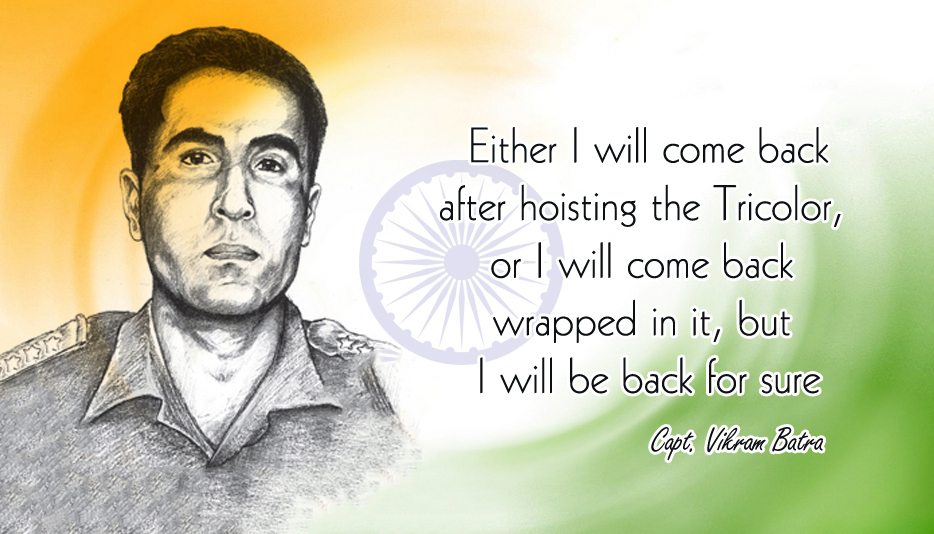
Being away from home and their loved ones, these heroes put their own lives on the line to protect the peace of the nation. Here are 10 Indian Army heroes.
- List Of Top 10 Most Popular Guns Of The Indian Army
- Indian Army Introduced Secure Messaging App Just For Its Soldiers
- Indian Army Banned 89 Apps, Including Facebook And Instagram, Citing Security Concerns
Being away from home and their loved ones, these heroes put their own lives on the line to protect the peace of the nation. There are so many stories about their bravery. Continue reading as we bring you the tales of bravery of 10 Indian Army heroes. Their stories and sacrifices will definitely make you respect them even more.
They stood tall even in the harshest conditions, from freezing cold temperatures to scorching heat, to always remain awake and brave.
1. Captain Vikram Batra
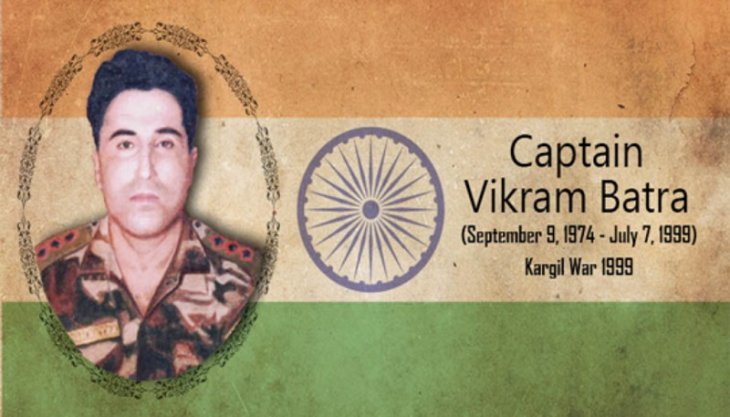
Captain Vikram Batra from 13 J&K Rifles was the Kargil war’s hero. Batra was from Palampur, Himachal Pradesh. His nickname was Sher Shah. In the mission of recapturing Peak 5140, located at a height of 17,000 feet, Batra suffered from serious injuries. However, he still managed to attack and kill three enemy soldiers. After the mission was completed, on July 7, 1999, he went on another challenging mission of recapturing Peak 4875. Before he left for the mission, he called his father to inform him.
Did he know that this would be his final call back home.
It was one of the Indian’s army most difficult attempted missions. The reason was that the Pakistani forces were at the 16,000-feet peak. The climb gradient of the peak was 80 degrees. As they climbed up, one of the soldiers was severely injured. As he went to save him, a subedar tried to help him but Batra refused his help, saying, “You have children, step aside.” The soldier was saved, but unfortunately, Batra was killed. “Jai Mata Di” were his last words.
Fact: In the movie LOC Kargil released in 2003, Captain Batra became the inspiring role for a character which was portrayed by Abhishek Bachchan.
2. Major General Ian Cardozo
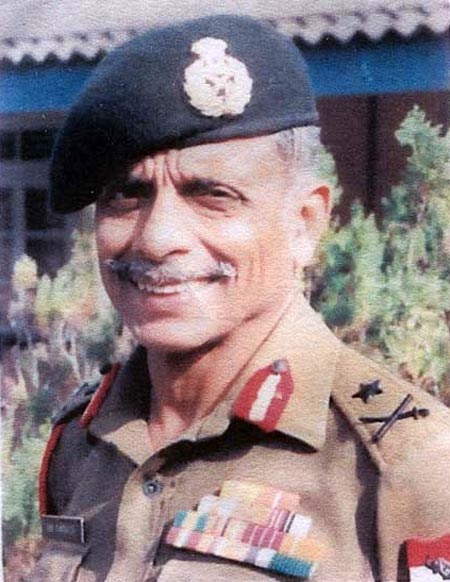
Major General Ian Cardozo is known for his bravery in the Pakistan 1972 war. At that time, Cardozo was a young major of 5 Gorkha Rifles. His leg was severely injured after he walked on a landmine. Cardozo used a khukri, which is a Gorkha knife to cut off his own leg even when the doctor couldn’t do so. After his leg was cut off, Cardozo said, “Now go and bury it!”
The incident didn’t stop Cardozo from devoting to his country. With sheer willpower, together with determination, he continued serving the country and was the Indian Army’s first disabled commander for an infantry battalion as well as a brigade. Although his physical can’t be compared to other soldiers, in many fitness tests, many “two-legged” officers were defeated by him.
3. Brigadier Mohammad Usman
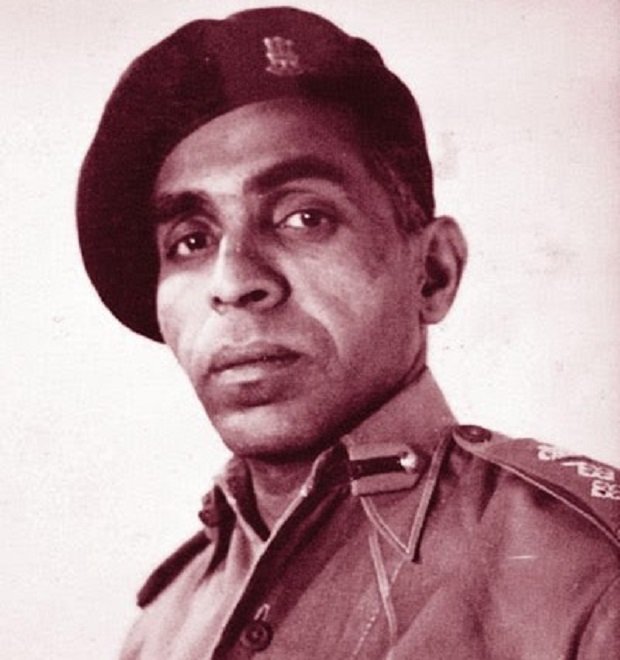
Brigadier Mohammad Usman came from Bibipur, Uttar Pradesh. In 1934, Usman join the Indian army. During the 1947/48 Indo-Pakistan war, he repelled a fierce attack on Jhangar and Naushera. The two places are of strategic locations in Kashmir and Jammu. His fellow soldiers gave him the nickname “The Lion of Naushera.”
During the partition of India, he was offered to become the Chief of the Pakistani Army but he refused and decided to stay in India. He left the Pakistan Army’s Baloch Regiment and joined the Indian Army’s Dogra regiment. The Pakistanis had to suffer heavy casualties in the Naushera battle. The same country which made him an offer to become the army’s new chief now placed an Rs, 50,000-prize money on his head.
Usman never got married. He used to use part of his salary to donate to poor children and support their education.
Usman passed away on July 3, 1948, while defending Jhangar. “I am dying but let not the territory we were fighting for fall to the enemy” were his last words.
He received the Maha Vir Chakra for his bravery and leadership.
4. Subedar Yogendra Singh Yadav
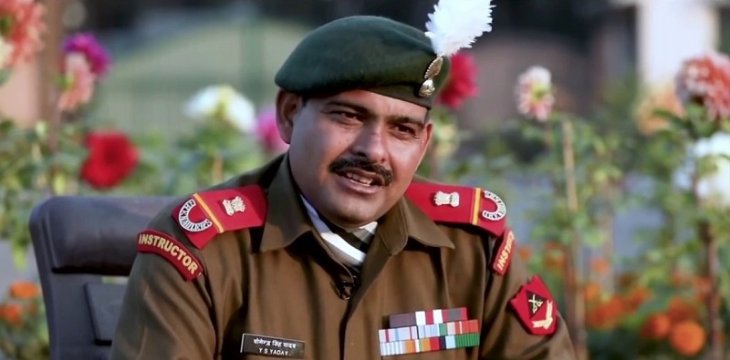
Subedar Yogendra Singh Yadav was the youngest soldier to receive the Param Vir Chakra. He was awarded the highest military decoration when he was just 19 for his bravery act during the Kargil war on July 4, 1999. Yadav was born in 1980. He came from the Aurangabad Ahir village in Uttar Pradesh. He volunteered to join the mission of capturing three strategic bunkers located on the Tiger Hill. The location was at a height of 16,500-feet.
While he was climbing up the rope, the enemy bunker started firing. Three bullets hit Yadav’s groin and shoulder. In spite of the severe injury, Yadav kept on climbing and reach the top. He made it to the first enemy bunker and threw a grenade, resulted in the death of four Pakistani soldiers, setting back the enemy fire. With this, the Indian platoon had the time to climb the cliff face.
Yadav continued to destroy the second bunker with the assist of two fellow soldiers. In hand-to-hand combat, he killed another four Pakistani soldiers. By the time the rest of his team made it to the top, the enemy had already been neutralized. The Indian soldiers gained the upper hand and successfully accomplished one of the Kargil war’s most difficult missions - the Tiger Hill capturing mission.
During the fight’s second part, Yadav was hit by a few more bullets. Some people said 16 bullets, some said less. Yadav survived after all. His heroic actions inspired the movie Lakshya with his role being portrayed by actor Hrithik Roshan.
5. Rifleman Jaswant Singh Rawat
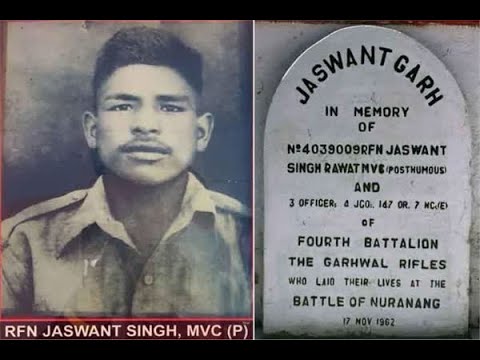
Rifleman Jaswant Singh Rawat from the 4th Garhwal Rifles Infantry Regiment became the hero of the Indo-China war in 1962. He was the first and only soldier in the Indian Army’s history, to be promoted after his death. 40 years after Rawat passed away, he was promoted to the Major General rank. He is believed to be the commander of the troops which guarded the eastern frontiers of India with China.
During the Indo-China war, because of heavy casualties at the Nuranang battle, the soldiers were told to make an evacuation. But Jaswant stayed at his position.
Rawat received the help from two Monpa tribal girls called Nura and Sela. At separate points, the trio placed the weapons and maintained firing sound to trick the Chinese into believing they were in a battle with a huge battalion. The plan was ongoing for three days until the Chinese found out about it through a man who was the supplier to the trio. Rawat decided to kill himself. Once knowing that they had been in a battle with a single soldier, the Chinese were so angry that they beheaded Rawat and carried his head back to China.
In recognition of Rawat’s courage, where he held his ground against the Chinese troops has now been called Jaswant Garh or Jaswantgarh War Memorial.
Rifleman Jaswant Singh Rawat received the Maha Vir Chakra for his enormous courage and devotion.
Featured Stories

Features - Jul 01, 2025
What Are The Fastest Passenger Vehicles Ever Created?

Features - Jun 25, 2025
Japan Hydrogen Breakthrough: Scientists Crack the Clean Energy Code with...

ICT News - Jun 25, 2025
AI Intimidation Tactics: CEOs Turn Flawed Technology Into Employee Fear Machine

Review - Jun 25, 2025
Windows 11 Problems: Is Microsoft's "Best" OS Actually Getting Worse?

Features - Jun 22, 2025
Telegram Founder Pavel Durov Plans to Split $14 Billion Fortune Among 106 Children

ICT News - Jun 22, 2025
Neuralink Telepathy Chip Enables Quadriplegic Rob Greiner to Control Games with...

Features - Jun 21, 2025
This Over $100 Bottle Has Nothing But Fresh Air Inside

Features - Jun 18, 2025
Best Mobile VPN Apps for Gaming 2025: Complete Guide

Features - Jun 18, 2025
A Math Formula Tells Us How Long Everything Will Live

Features - Jun 16, 2025
Comments
Sort by Newest | Popular